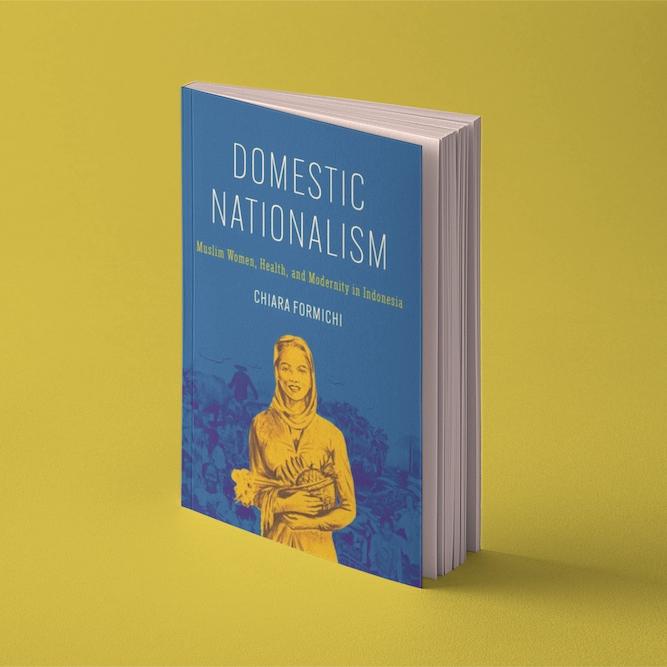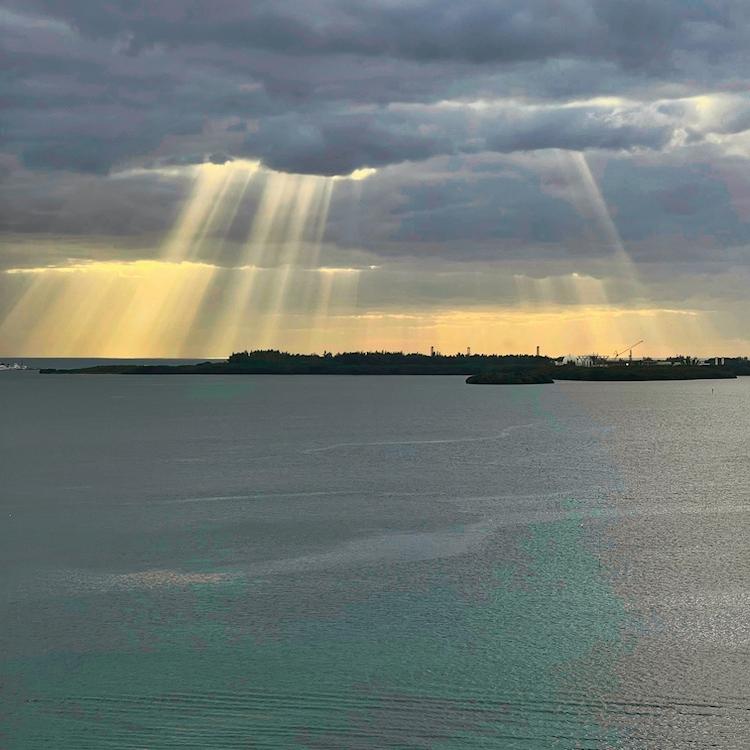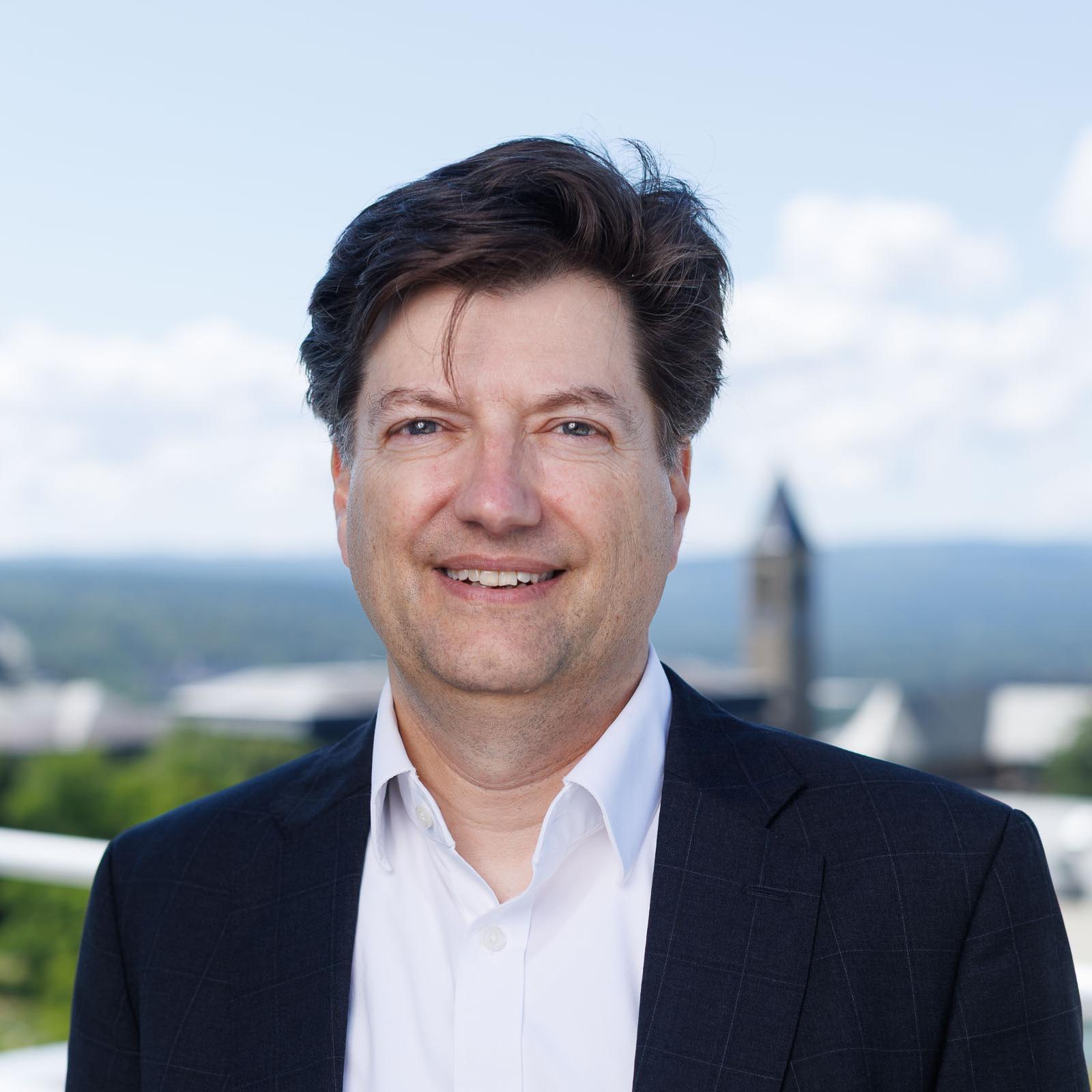A selection of RELST courses offered in Spring 2019. See the complete list of course offerings.
Black Spirituality, Religion & Protest (RELST 2112)
TR 2:55-4:10pm, 4 credits
This course examines Black spirituality, religion, and protest from an historical perspective, beginning with African traditions and Christianity during enslavement, which created resistance ideology and racial nationalism. Prophetic Christianity and church formation became primary political weapons after enslavement, particularly in the Age of Jim Crow, and foundationally led to twentieth century civil rights movements. While exploring these themes, the course will also analyze the complexities and contractions (i.e. Southern Baptist Convention, Nation of Islam and Black Lives Matter) inherent in resistance movements based on spiritual leadership.
Religion and Social Life (RELST 2330)
MWF 1:25-2:15pm, 4 credits
Global conflicts, raising children, electing presidents, praying for a loved one: from the mundane to the extraordinary, religion plays a significant role in social life, regardless of whether or not one considers oneself "religious." In this course we will investigate religion and its impacts in society from a sociological perspective. Questions we will ask include: How does religion "fit" into society? What are the contours of contemporary religion in the United States and around the world? How do religious identities interact with other aspects of social life, including gender, race and politics? In what ways have religions and religious life changed over time? As social scientists, how can we best study religion? The course will use examples from a variety of religious and secular traditions to help us understand religion's sociological significance in the contemporary world.
Introduction to Christian History (RELST 2695)
TR 1:25-2:40pm, 3 credits
This course offers an introduction to the history of Christianity from the first century through the seventeenth and perhaps a bit beyond. Our emphasis will be on the diversity of Christian traditions, beliefs, and practices throughout history. We will explore the origins of Christianity within the eastern Mediterranean world, the spread of Christianity, the development of ecclesiastical institutions, the rise and establishment of monasticism, and the various controversies that occupied the church throughout its history. Throughout the course, we will supplement our reading of primary texts with art, archaeology, music, and manuscripts.
Magic and Demonic Creatures between Reformation and Enlightenment (RELST 4404)
R 12:20-2:15pm, 4 credits
Marysia Jonsson
This course examines beliefs in magic and magical creatures, looking at how the occult organized all aspects of early modern life. Scientists believed that magic could help them create gold, doctors practiced blood magic, and court magistrates sentenced Jews or elderly women to death for allegedly performing devilish rituals on small children. Through the course readings, both primary and secondary, we will analyze how the superstitious was mobilized within struggles between Catholics and Protestants, the nobility and the peasantry, and within emergent Enlightenment philosophy. In particular we will discuss why witches or werewolves were imagined (and hunted) in the period, what that can tell us about the cultural climate of the time, but also how their meaning could morph into the familiar horror stapes of our own world.
Sound, Silence, and the Sacred (RELST 4545)
W 10:10-12:05pm, 4 credits
From the ringing of Tibetan singing bowls to the quiet of desert monasticism, religious imagination and ritual is replete with sound and silence. Cityscapes resound with church bells and calls from the minarets. Music, chanting, recitations, incantations, mantras, gongs—the world of religion is intimately tied to ritualistic uses of sound. But sound goes even beyond ritual to the realm of the imaginary, which frequently contrasts the music of the gods with the noise of the demons. Sound and silence in such contexts are inherently tied to desire, temptation, and even salvation. In addition, environmental sounds—the sounds of thunder, water, wind, animals, and so forth—are important for religious history and literature and contemporary practices. This course will draw upon a wide array of sources—from texts to recordings, videos, and performances—to address the function and meaning of sound (and silence) within diverse religious traditions. Our goal will be to read selections from the field of sound studies, listen and read closely in texts and music coming from diverse religious traditions, and to make some of our own recordings for a Cornell (and beyond) religious soundscape.





